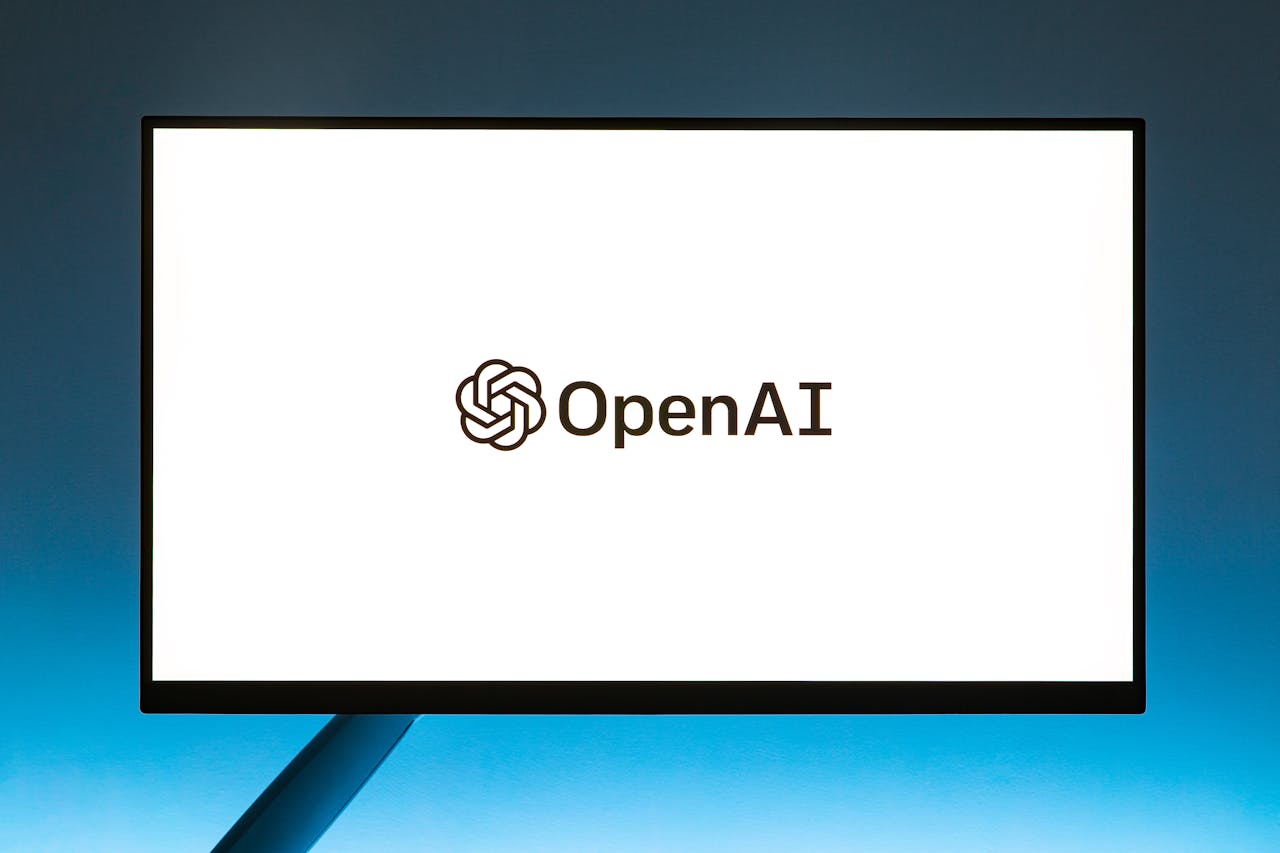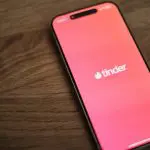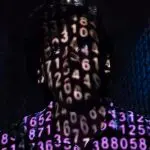
OpenAI released Sora 2 on Tuesday, featuring a transformation that turns anyone into a video star, provided they give permission first.
The company’s new artificial intelligence (AI) video generator includes “Cameo,” which lets users drop verified versions of themselves or friends into any generated scene after recording a one-time video and audio sample. Unlike typical deepfake technology, users maintain complete control over their digital likeness.
“Only you decide who can use your cameo, and you can revoke access or remove any video that includes it at any time,” OpenAI stated in its announcement. Users can even delete draft videos others create featuring them.
This version represents a major leap from the original Sora released in February 2024. Where the first version would teleport basketballs into hoops, Sora 2 makes them bounce realistically off backboards. Videos now include synchronized dialogue, sound effects, and music across multiple shots.
Bill Peebles, an OpenAI research scientist, called Sora 2 “state of the art for motion, physics IQ, and body mechanics, marking a giant leap forward in realism.”
Sam Altman, OpenAI’s CEO, acknowledged potential risks in his blog post. “We are aware of how addictive a service like this could become, and we can imagine many ways it could be used for bullying.”
To address these concerns, OpenAI built multiple safeguards. The verification process requires users to complete audio challenges that confirm their identity. Teens receive stricter default settings, including daily generation limits and tighter cameo permissions.
Parents can manage their children’s experience through ChatGPT-linked controls, which let them turn off algorithmic personalization, limit scrolling, and restrict who can message their teens.
The Sora iOS app launched Tuesday in the United States and Canada through an invite system. Android users will have to wait for a promised future release. Videos remain limited to 10 seconds.
Free users receive “generous” generation limits at launch. ChatGPT Pro subscribers gain access to Sora 2 Pro, described as an experimental higher-quality model available on sora.com.
One controversy persists from the original Sora. Copyright holders must actively opt out to prevent their work from appearing in training data. The company maintains this default policy despite ongoing legal challenges regarding the use of copyrighted material.
AI-generated content has recently flooded social media platforms with the launch of Meta’s own AI video feed, called Vibes, last week. Google’s Veo 3 and ByteDance have also released their own competing generators.
Zack Kass, a former OpenAI executive, defended the rapid release strategy. “There are two alternatives to building in the open: Not building at all, or building privately. And those alternatives, to me, are worse. If we have a groundbreaking technology, I think people should know about it and use it so that we can all update to it,” he stated.
The company plans to release an API for developers within the next few weeks. Storyboard tools that give creators shot-by-shot control are expected to arrive around the same time.


















